As Modi govt completes four years in office, The Opinion Express brings out its report card
Four years of Modi government: In the biggest election of India’s history, Narendra Modi, the three-term chief minister of Gujarat stormed to power with a thumping majority for his vision for a developed India. In his first major address to the nation from the ramparts of the Red Fort on August 15, 2014, Narendra Modi announced his flagship Jan-Dhan Yojana, which to date is one of the jewels in his crown.
Others are the successful implementation of the Goods and Services Tax (GST) and the introduction of Insolvency and Bankruptcy Code (IBC). With India expected to emerge as the fastest-growing major economy again this financial year, especially after slumping to as low as 5.7% due to disruptions from structural changes, this could be a big shot in the arm of Narendra Modi ahead of the 2019 polls. From Ujjwala Yojana to Saubhagya Yojana — Narendra Modi gets full marks for his efforts, even as some targets are expected to be missed.
As Modi completes 4 years, India Inc’s thumbs up to economy; CII says GST cyclone over, reforms on track: As the BJP-led NDA government completes four years in office, industry chamber CII today said India’s economy is robust with GST system having settled down and reforms firmly on the right path. In a statement, CII Director General Chandrajit Banerjee said over the last four years, the government has systematically addressed major pain points for the economy such as ease of doing business, non-performing assets of banks, foreign direct investment rules, infrastructure construction and exit of failing enterprises.
Achche din may be several years away, but PM must get full marks for trying: Achche din may be several years away, but the NDA government under Prime Minister Narendra Modi must get full marks for trying. Four years into the government’s regime, the economy is not exactly rocking. GDP has clocked in at an average of 7.3% annually between FY15 and FY18, below the 7.5% notched up in the five years prior to that. Manufacturing is muddling along, but exports are in a shambles leaving private sector investment stagnant, and few jobs on offer. The damage from demonetisation and GST is slowly coming undone, but business sentiment remains subdued.
Sensex leaps 10,000 points! 4 winning feats that steered stock market to record highs: In the span of last four years, Indian stock markets have fared considerably well as compared to regional Asian peers and Wall Street — the world’s largest equity markets by turnover. The benchmark equity index BSE Sensex has added about 10,000 points in the last four years breaching the key levels of 30,000 for the first time under Narendra Modi-led NDA government. The S&P BSE Sensex has gained as much as 9,970 points to 34,663 from a level of 24,693 as on 23 May 2018, before swearing-in ceremony of Narendra Modi as PM.
Has India created enough jobs? Debate on, but this next challenge will be bigger: While formal jobs have indeed been created, muted household income and savings macro data suggest muted quality of jobs in aggregate. “Job quality is the real issue for Indian macro and markets, manifested in the slowing growth of the middle class,” Gautam Chhaochharia, Analyst and Sanjena Dadawala, Analysts at UBS said in the report.
4 small reforms by Modi that went unnoticed: In 2016, the Lok Sabha repealed 1,175 of 1,827 laws that were identified as obsolete, and many other steps were taken to make lives of common people easier. From self-attestation to doing away with birth certificate for passport to Tatkal reforms to easing I-T filing, these reforms went unnoticed in the four years of Modi-led NDA government.
These 5 ministries get stellar score from people, and Finance is not among them: The top five ministries of the Modi government are Defence, External Affairs, New and Renewable Energy, Coal, and Road, Transport and Highways, a survey conducted by Local Circles showed. Indians have given a stellar score to the Defence Ministry — 4.9 on the scale of 5. The government has been applauded for “taking some bold steps like the surgical strikes against Pakistan,” Local Circles said.
Even after 4 years, Modi is winning hearts; Survey shows 57% Indians happy with his work: A total of 57% Indians say that the Narendra Modi government has “either met or exceeded” their expectations in the last four years, a survey said. A majority of Indians are particularly happy with Narendra Modi’s effort in improving India’s image globally, handling of Pakistan, fighting terrorism, infrastructure development and reducing tax harassment, a survey report by Local Circles said.
Four ambitious targets NDA is poised to miss: After taking over the Prime Minister’s Office in 2014, Narendra Modi shared his vision to make India an investor-friendly destination, which would subsequently lead to job creation and development. However, despite ambitious plans like Make in India, Narendra Modi, four years later, is poised to miss some targets. Amit Shah says PM Modi works for 15-18 hours every day: BJP provided the most hardworking Prime Minister & the most popular leader in the world to the country, a PM who works for 1518 hours a day. We are proud that this Prime Minister is a leader of BJP, says Amit Shah.
Challenges: Pakistan and China are the major source of worry for Modi government. Kashmir policy persuaded by NDA government has yielded no results. In fact, the militancy in the state is on the rise. The hawkish approach has yielded no dividends. China has a pro Pakistan policy and Beijing is looking to mediate in the Kashmir matter. Doklam, POK, Burma, South China Sea, Dalai Lama and trade imbalance are the pending issues with practically no solution. China has practically expanded in India’s next door countries through infrastructure projects and defence cooperation; it is a great challenge for Modi led NDA government in respect to the nation security.
Social Harmony: The Modi government must focus on building confidence with the minority community and the SC/ST community in India. It may be a perception that the NDA government led by Narendra Modi has targeted minorities and socially deprived sections of the communities though in government defence, it is a collective effort of opposition to portray Modi sarkar to be anti-minority and anti-dalit to reap political benefits. The sooner this problem is addressed, the better it will be for the nation.
Foreign Policy
Modi’s international trips have always generated a buzz. In the past four years, the PM has travelled six continents: 36 foreign trips visiting 54 countries; India’s global presence is said to have become stronger ever since Prime Minister Narendra Modi came into power after 2014 general elections. At one point, he was also criticized for his international trips. However, it has been said that in the four years of Modi as PM, India’s bilateral ties with major economies have improved.
India and the big economies
The country most frequented by PM Modi was the United States, where he made five visits including the UN General Assembly meeting in 2014. Indo-US relations were tensed under the second UPA regime, but has certainly improved since the entry of Modi.
Defence, economic and political ties between India and the US have improved a lot since Modi. The two countries signed Logistics Exchange Memorandum of Agreement (LEMOA), the defence agreement pending since 2004. Pakistan remains a major policy discussion between the countries. Trump’s tough talk on Pakistan has aligned the US with India’s old frustration with the country.
On his trips to the United Kingdom, PM Modi met Queen Elizabeth twice, once in 2015 and recently in April this year as well as his British counterpart Theresa May. India is the third largest investor in UK, making their ties crucial. Modi recently signed memorandums for National Clean Ganga Mission, skill development and vocational programmes and an agreement between NITI Aayog and UK’s Department of Business, Energy and Industrial Strategy.
Modi also visited China, Germany and Russia four times in the past four years. Relations between India and China have been strained since the Doklam issue arose and these meetings have defined the two countries’ relationships with each other. Modi was one of the first to congratulate Xi Jinping when he was re-elected as the president of China.
Russian President Vladimir Putin and Modi met recently in an informal summit in Sochi, where PM Modi said India-Russia ties have “stood the test of time”. Germany is India’s biggest trade partner in the European Union, and ties have strengthened with each visit Modi paid Chancellor Angela Merkel. PM Modi also made three visits of strategic importance to France in his four years.
India’s neighbours
Narendra Modi has stressed on relations with neighbouring countries ever since he took office. The prime minister paid three visits to Nepal since 2014. Sri Lanka, Myanmar, Bangladesh and Bhutan are also on the list. Modi had stressed a lot on how South Asian countries must work together for better individual economic standings. Before relations went south, Modi had also visited Pakistan and held talks with then PM Nawaz Sharif. Unfortunately, PM Nawaz Sharif with whom PM Modi had developed personal relationship reigned and the clock went back to square one. The Kashmir issue and OROP remains the burning obstacles in securing better relationship between the two countries, the border tensions and limited hostilities are the regular feature at the LOC that Modi government has failed to reduce and eliminate from the source.
India’s relations with Middle Eastern countries have soared since Modi came to power. Summits with leaders of Israel, Jordan, Oman, Qatar, Saudi Arabia, United Arab Emirates, Iran, Palestine and Afghanistan were held.
Israeli PM Benjamin Netanyahu and PM Modi showcased a fast friendship during the former’s visit to India in January 2018. Modi asked Israeli companies to take advantage of the “liberalized FDI regime to make more in India”. Moreover, Netanyahu had described Israel’s relations with India as a “marriage made in heaven”! The Middle Eastern economies have been a priority of the Modi government since India is dependent on them for two-third of the oil imports. Many Indians migrate to the Middle East for jobs too.
Other countries PM Modi visited include Japan, Australia, Belgium, Brazil, Canada, Fiji, Malaysia, Mauritius, Mexico, Mongolia, Mozambique, Netherlands, South Africa, South Korea, Spain and Sweden.
Domestic Politics
The Bharatiya Janata Party (BJP)-led National Democratic Alliance (NDA) government has increased its electoral footprint from just eight states in 2014 to 20 in four years of Prime Minister Narendra Modi’s leadership to emerge as the strongest political force in the country.
In fact, from just being a “formidable” force in the Hindi-heartland, the NDA is now in power across the North, with the only exception in Punjab, besides being part of ruling coalitions in seven of the eight states in the NorthEast.
The BJP is now looking to increase its electoral and social presence in the East and the South, where the NDA has marginal presence. Party leaders believe that Modi’s unwavering popularity will eventually help the NDA oust regional heavyweights, such as Mamata Banerjee and Naveen Patnaik, from their bastions, before it can increase its presence beyond the Vindhyas.
“The four years can be defined for BJP on the basis of expansion of the party both electorally and socially. Now, the BJP is the central force in national politics. The entire opposition, whether national or regional parties, is now coming together to oppose us.
This is the biggest influence of the BJP on national politics,” said a senior BJP leader, requesting anonymity.
The increasing dominance of the BJP in national politics can be established from the fact that it has wrestled away 12 states from the Congress in the last four years, while the NDA has had 14 electoral victories since Modi came to power. The emergence of the BJP as the political powerhouse took shape at the cost of the Congress, which has not only faced a series of electoral losses, but has seen its support base shrinking even in key states. The trigger was the historic defeat in the 2014 Lok Sabha elections, wherein it recorded the lowest-ever tally with just 44 Lok Sabha members.
Apart from the recent success in Karnataka, where it formed a post-poll alliance with the Janata Dal (Secular), the Congress is left with just Punjab, Mizoram and Puducherry. “Ever since the Lok Sabha defeat, electorally it has been a difficult time for us, but the tide is turning in our favour now. All the recent Lok Sabha bypolls show that the BJP is losing its momentum and popular support,” a senior Congress parliamentarian said, requesting anonymity.
With less than a year left for the 2019 Lok Sabha elections, the Congress is now looking to bring together all opposition parties to form an anti-BJP coalition. The presence of top leaders of more than 15 opposition parties during the swearing-in of H.D. Kumaraswamy as the Karnataka chief minister was seen as a show of strength.
In the last lap of its five-year term, the NDA is also facing a key electoral challenge with three states—Madhya Pradesh, Rajasthan and Chhattisgarh— currently ruled by the BJP going to polls later this year. It will also be a test for the Congress, which is attempting to rediscover itself ahead of the 2019 Lok Sabha elections.
(Writer is Political Editor of Opinion Express Group)







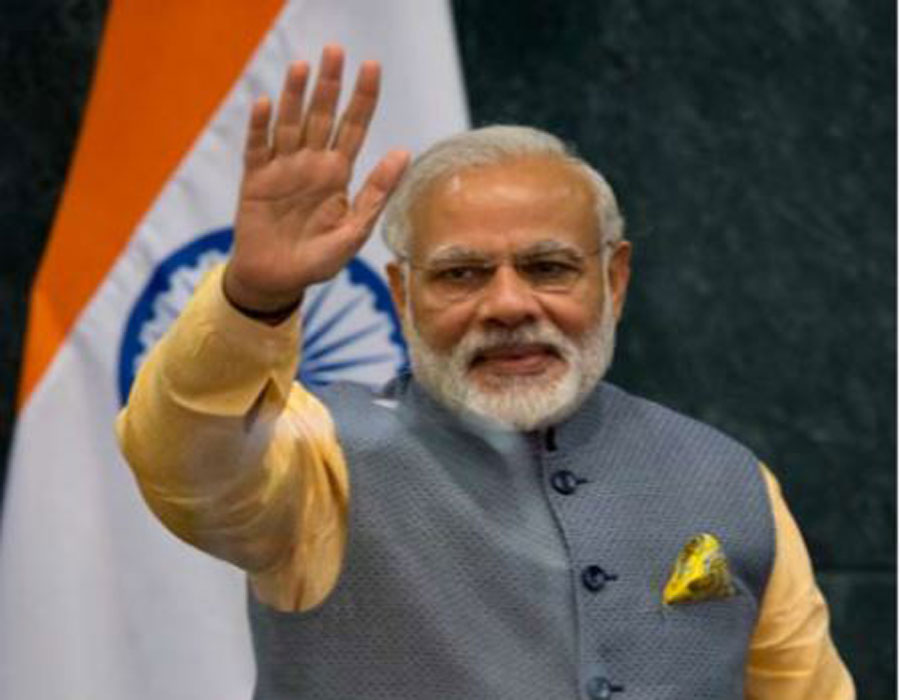
 OpinionExpress.In
OpinionExpress.In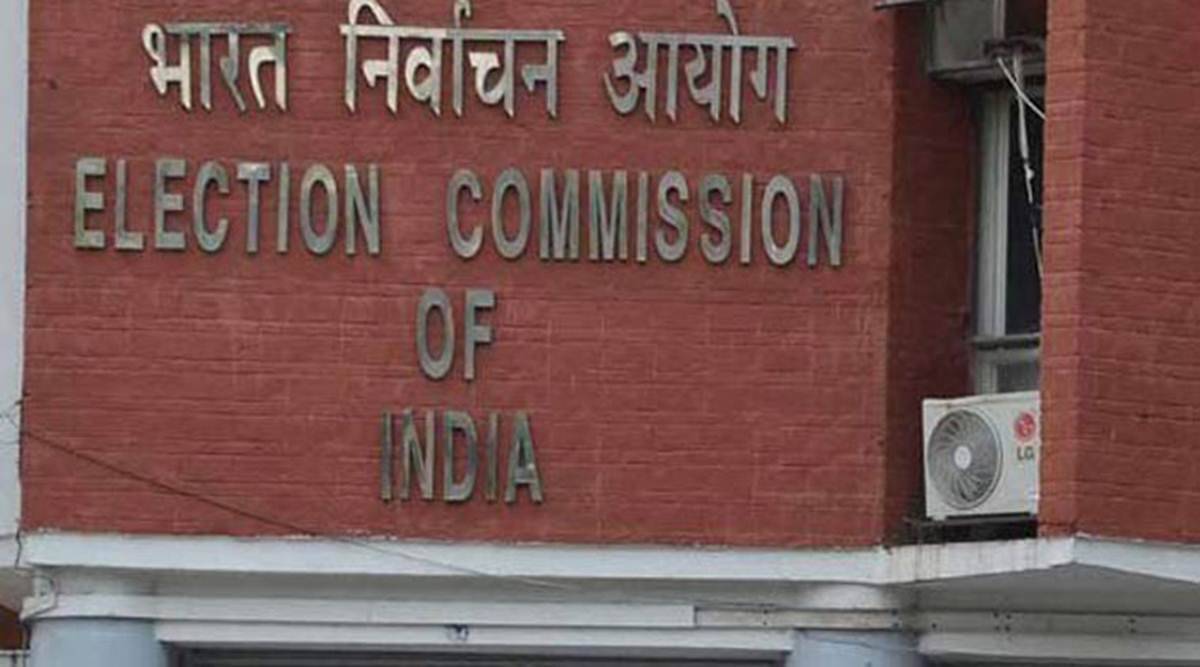
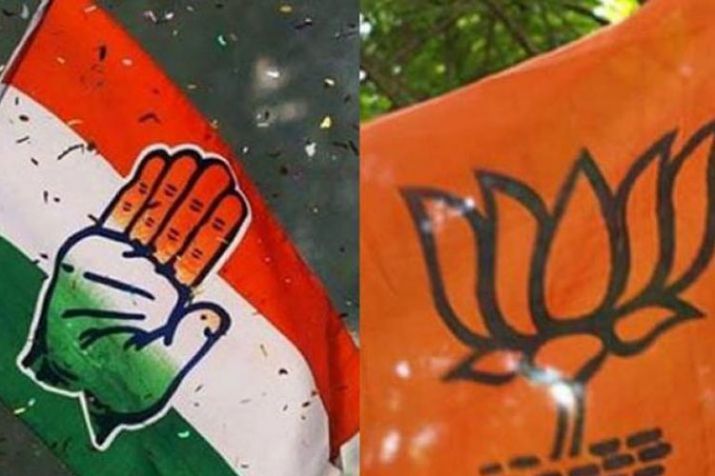
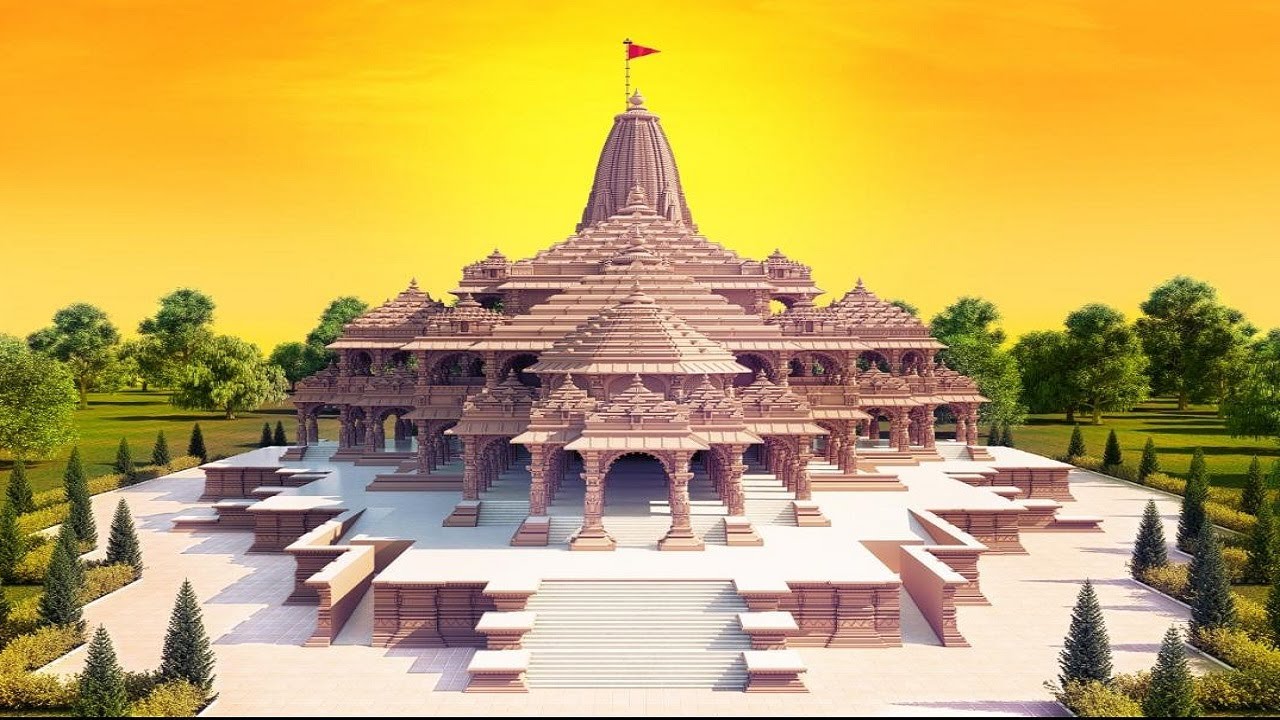
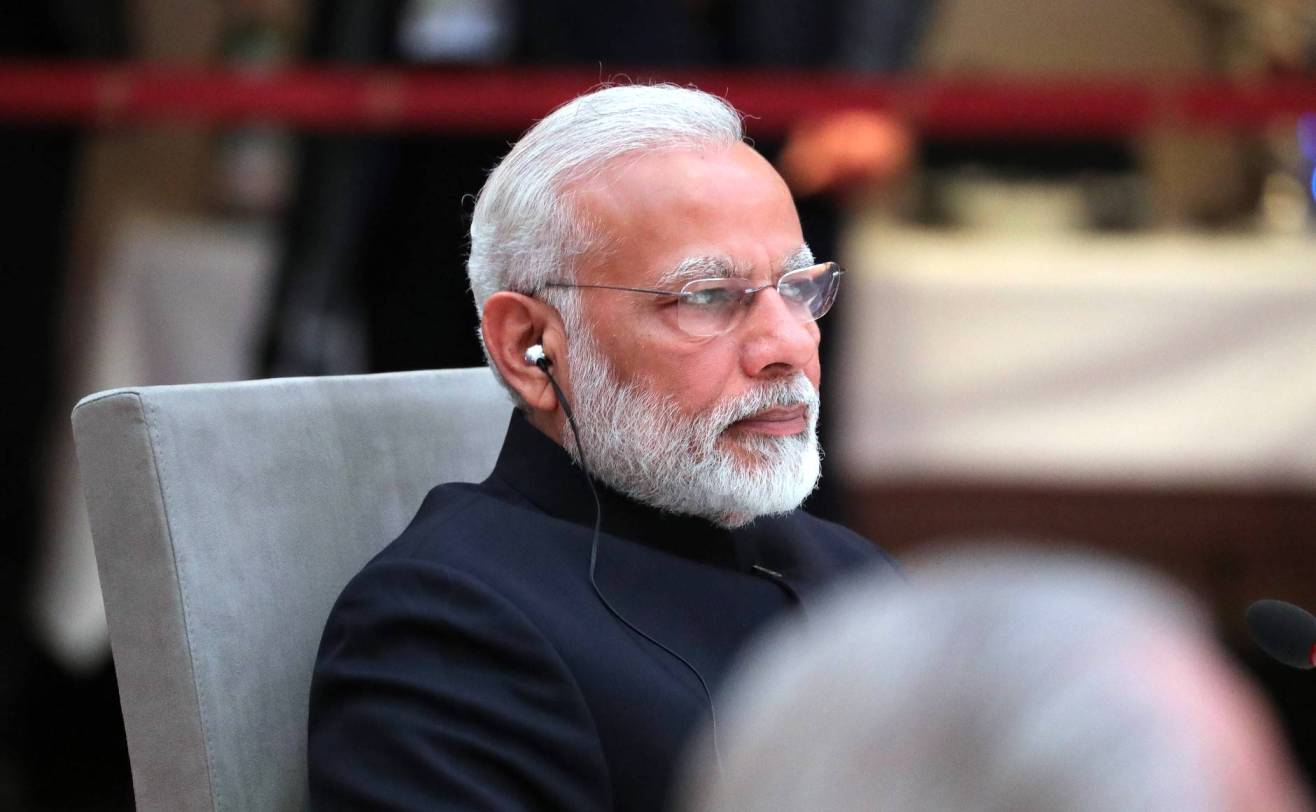
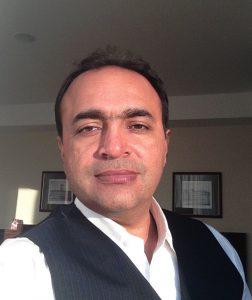
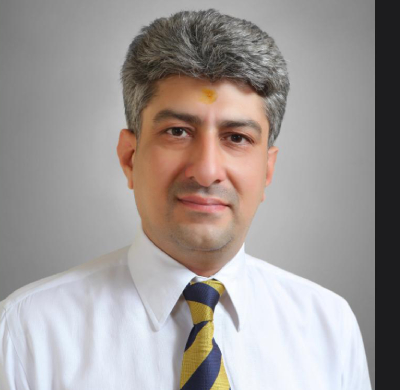
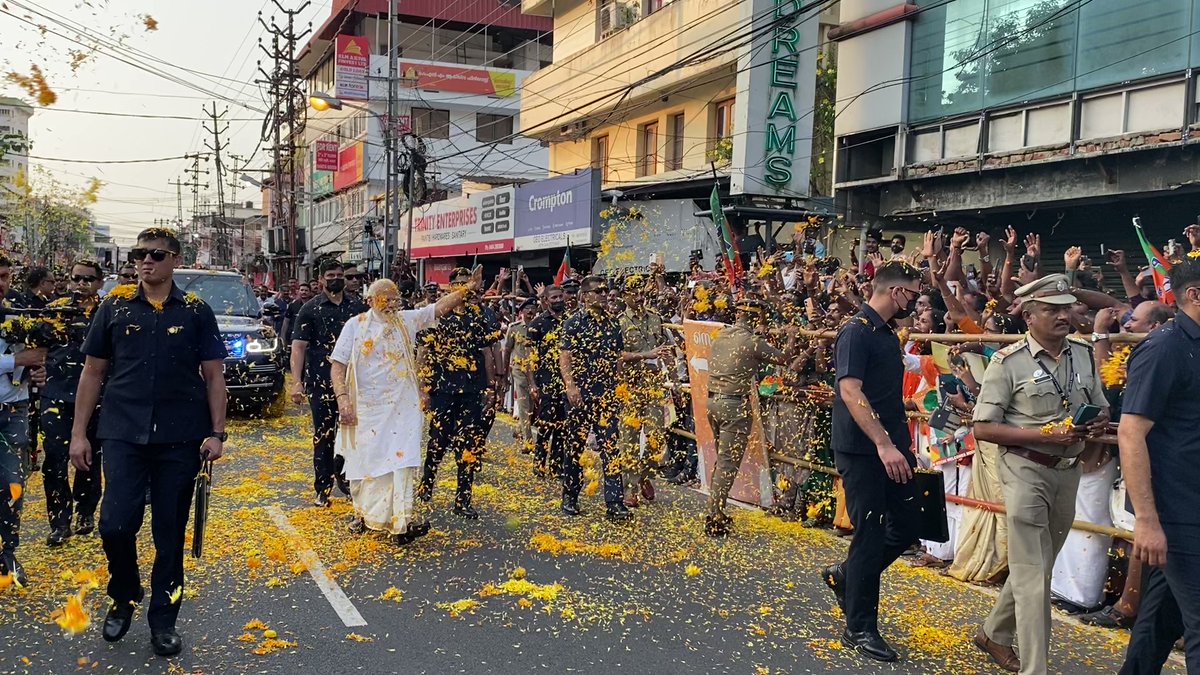
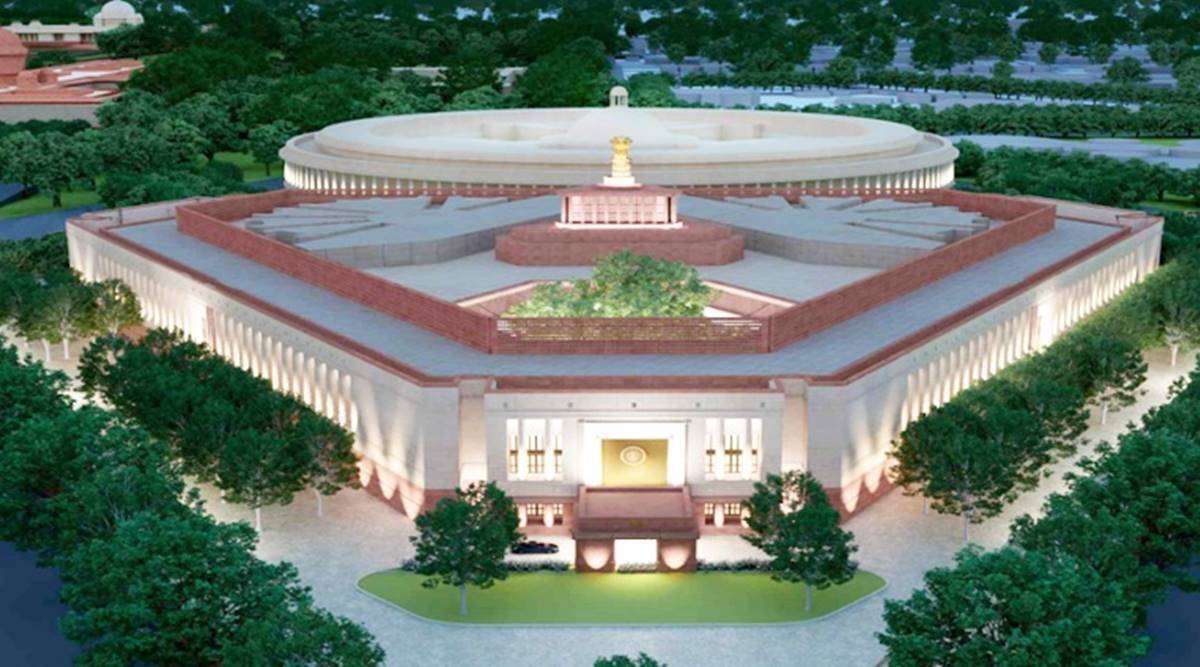

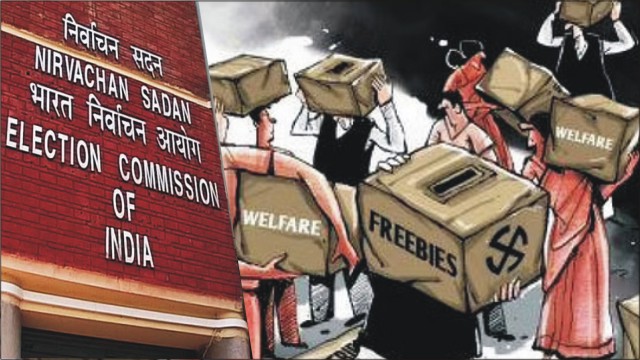






Comments (0)